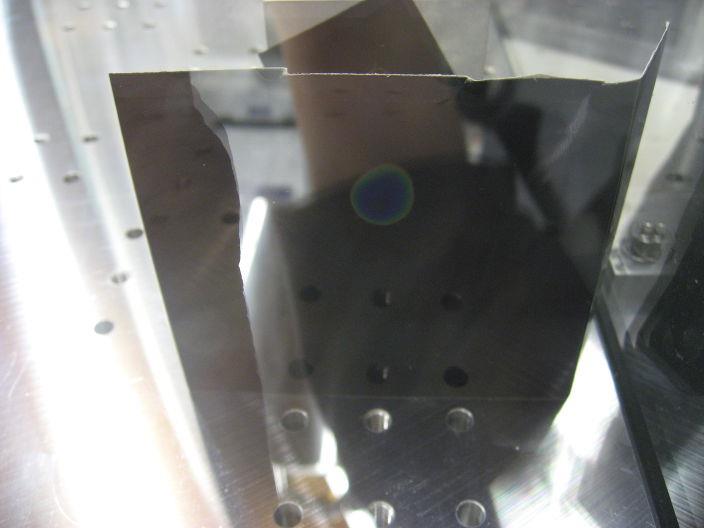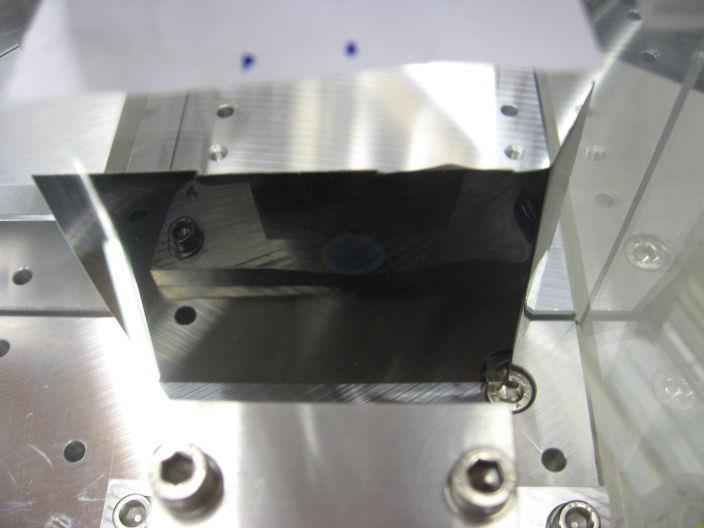400 GHz Gyrotron Quasi-Optics for DNP
TK has delivered and installed a Quasi-Optics (QO) sub-system to link a Bruker/CPI 400 GHz 40 W gyrotron to two separate DNP probes at the US National High Magnetic Field Lab in Tallahassee. Working with NHMFL colleagues Steve Hill and Thierry Dubroca, the QO sub-system takes the output of the gyrotron and routes the energy to an NMR Probe. On the way, the Quasi Optics circuit
- cleans up up the polarization,
- switches an in-and-out dump, using a fast actuator, allowing variable average power with changing mark/space ratios,
- attenuates the beam using a three grid system, using scaleless cone technology to absorb the power
- switches the power between two DNP magnets,
- provide power monitoring,
- spatially filters the beam using back-to-back corrugated horns,
- changes the beam size to that required by the narrow bore of the NMR probe and
- provides, though the use of a MP interferometer, Circular Polarization injection to the sample.
Images of the structure, built using precision optics based on 125mm TK cube technology, can be seen below. These pictures show the benefits of the QO approach over a continuous HE11 corrugated guide: the latter approach could not provide the functions describe above.

The Gyrotron is to the left, the QO in the middle and the NMR magnet to the right.

A top view of the QO, showing the 125mm cube system construction
and below, left to right, Richard Wylde, Thierry Dubroca and Kevin Pike

The images below show the beams impinging upon liquid crystal covered sheets set to interrupt the beam. It is good to see how axially systemic the beams are. This is an usual experiment and only possible given the 40W of available power - the actual level of which was adjusted to give a good thermal range using the mark/space ratio of a dump shutter
The images show the beam before ...

and after the corrugated Back-to-Back corrugated spacial filter.

This symmetry is a compliment to both the quality of the gyrotron output and to the precision and lack of distortion caused by the TK QO circuit.
June 2014